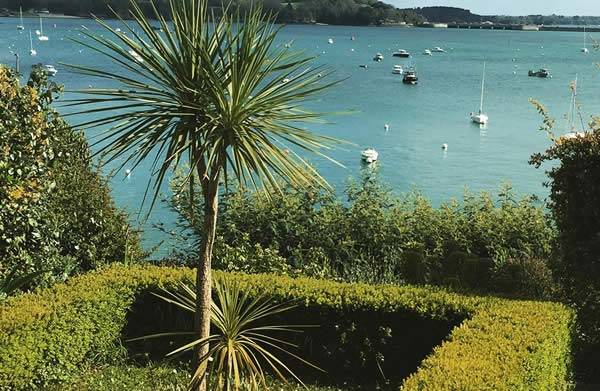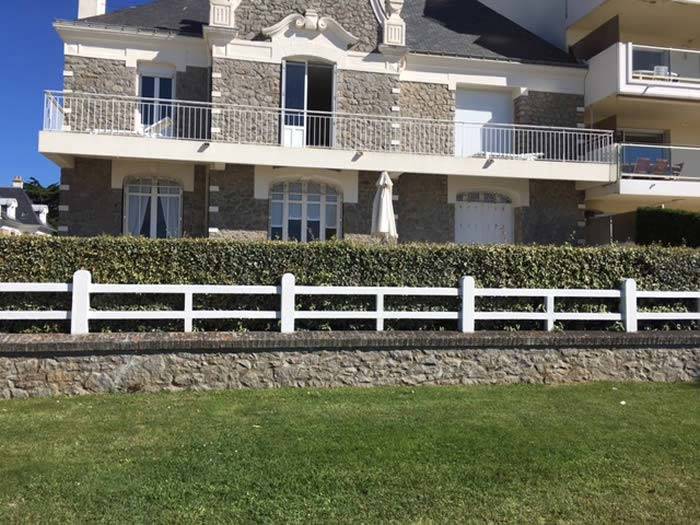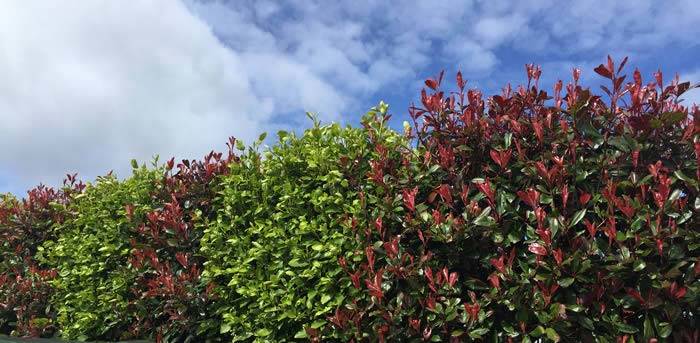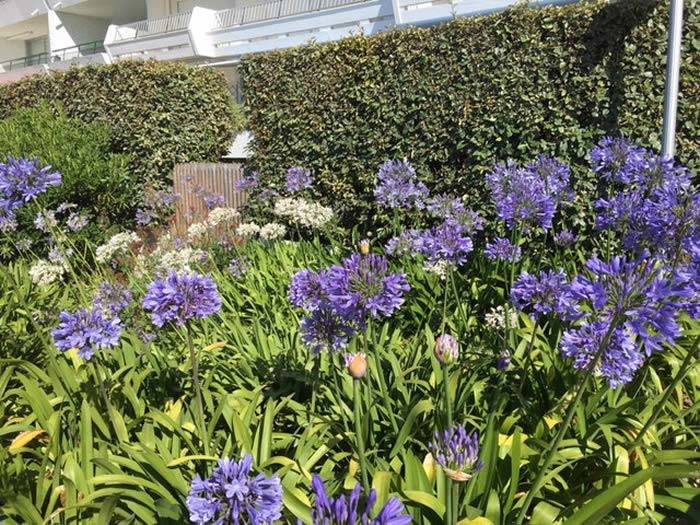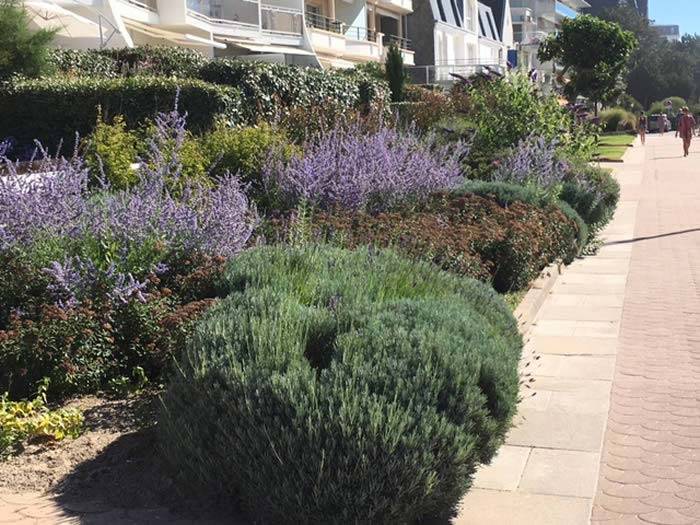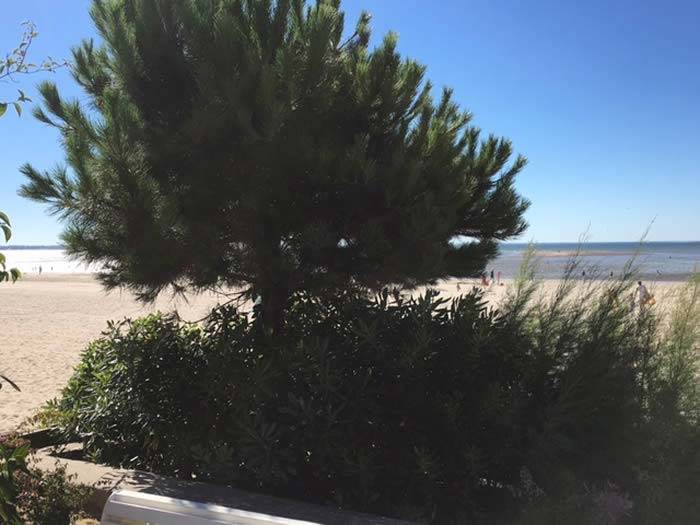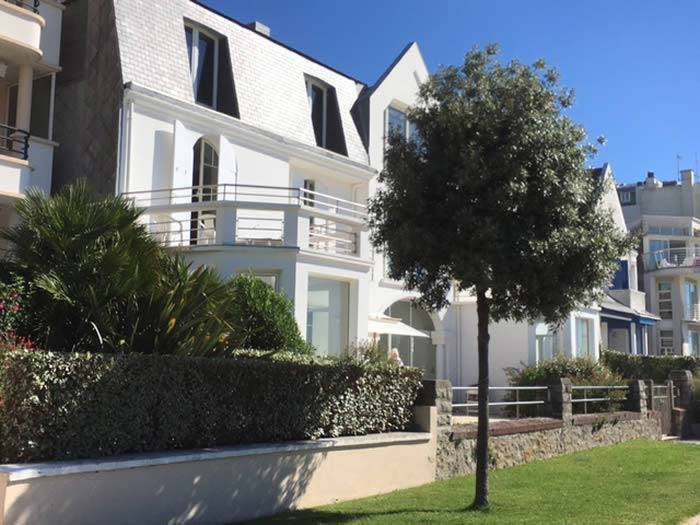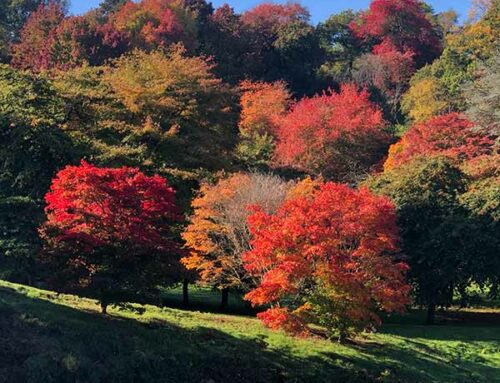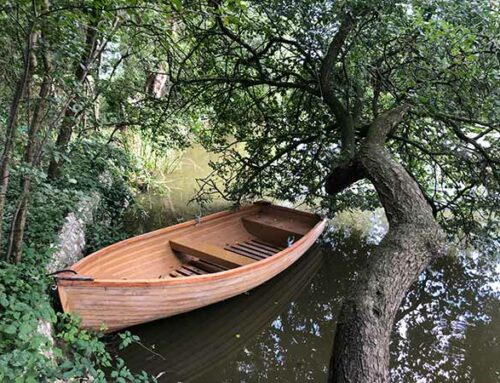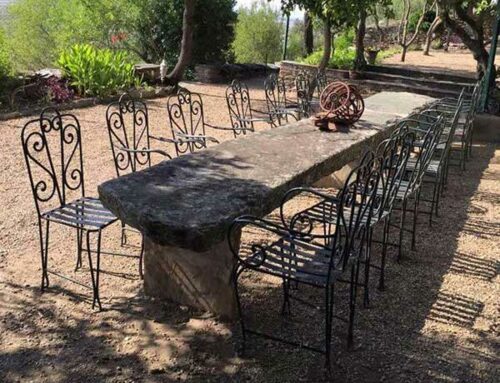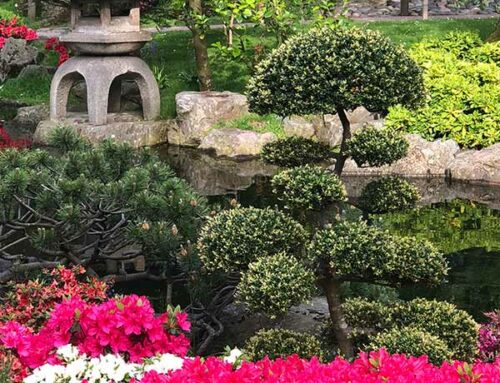Plants For Coastal Gardens
Seaside and coastlines are often seen as synonymous with a windy and salt ridden climate where only the hardiest plant specimens can survive and the question is often posed to those of us working in the horticultural industry “What plants, shrubs and trees would be suitable? I live on the coast or near the sea”. As my recent travels have taught me – the answer to this ubiquitous question is not as bleak as we often think.
Interesting Colour Combinations
One of the most interesting discoveries I made on a recent seaside walk was with the abundance of healthy, strong Prunus Serrulata trees. A delicate, deciduous variety of the flowering Cherry tree, it was pleasing to see how it not only survived but positively thrived in coastal conditions. The mahogany stems of this flowering Cherry would be a good complimentary specimen to the more typical well known coastal plants, such as the Olea Europea (Olive Trees) and Elaeagnus (Oleaster).
Alternatively, one could forego the more contemporary look of Olive trees, often applied throughout coastal areas and seek a more unusual yet sublime combination of the flowering Cherry, Prunus Serrulata and Grisselinia Litoralis, the New Zealand Privet which is more commonly found on walks along the Coast.
The cascade of dark red from the Prunus Cherry tree and the vivid green from the Grisselinia would work fantastically, with the Privet providing a lower, dense hedge whilst the Cherry with its maximum height of around 6 metres giving the size and look needed to make it a potential focus point of any Coastal landscape. Although both these specimens are non-natives there is a quintessentially English look to this colour combination, more commonly found in home counties gardens. Yet, this look can be equally beautiful in Britain’s harshest, coastal areas.
Perennial Plants For Coastal Gardens
With this said, it often seems that people continue to have their doubts on the capacity of perennials to withstand the harsh Coastal climate. Derived perhaps, from the belief that ‘big’ equals ‘hardy’ and therefore the smaller varieties are less tolerant. My coastal adventures soon convinced me otherwise, with an array of strikingly colourful Agapanthus Blue, taking centre-stage of many sloping garden beds, whilst the sought after Elaeagnus, remained neatly pruned in the background. Eleagnus providing the much needed coverage and allowing the beautiful flower spikes of the Agapanthus make the most of its prime positioning.
Another interesting and less common coastal perennial is Perovskia or Russian Sage, more commonly found in the steppes of Central Asia.
The stunning blue flowers and silver foliage add softness to your perennial border planting. Silver and blue is a combination often found in seaside areas. Silver leaves can often possess a resistance to salt and have water retaining properties for drought resistance. Read more suggestions for silver leaved plants on our recent blog post.
Many coastal Mediterranean specimen plants will grow beautifully in the UK climate, look for inspirational planting on your summer holiday can very often be translated to the UK by using the right plants. Try Stone Pine, Pittosporum Tobira for hedging, Bay Laurel and Rosemary.
Architectural Plants For Coastal Gardens
If you prefer a more architectural look in your Coastal or Windy Garden then our recommendations for structure would be Phormiums, Cordylines, Yuccas and Chamaerops Humilis. All these plants will give add interest and impact and the “Wow Factor” and will look stunning, even during the winter months.
We hope these suggestions for coastal planting will inspire you especially if you live in a difficult, windy location, there are many different plants that can be used to create spectacular results. Plants can make all the difference to the landscape however exposed, as well as to our precious wildlife – as this happy go lucky butterfly enjoying the beach illustrates! See also Plants for Seaside Gardens.
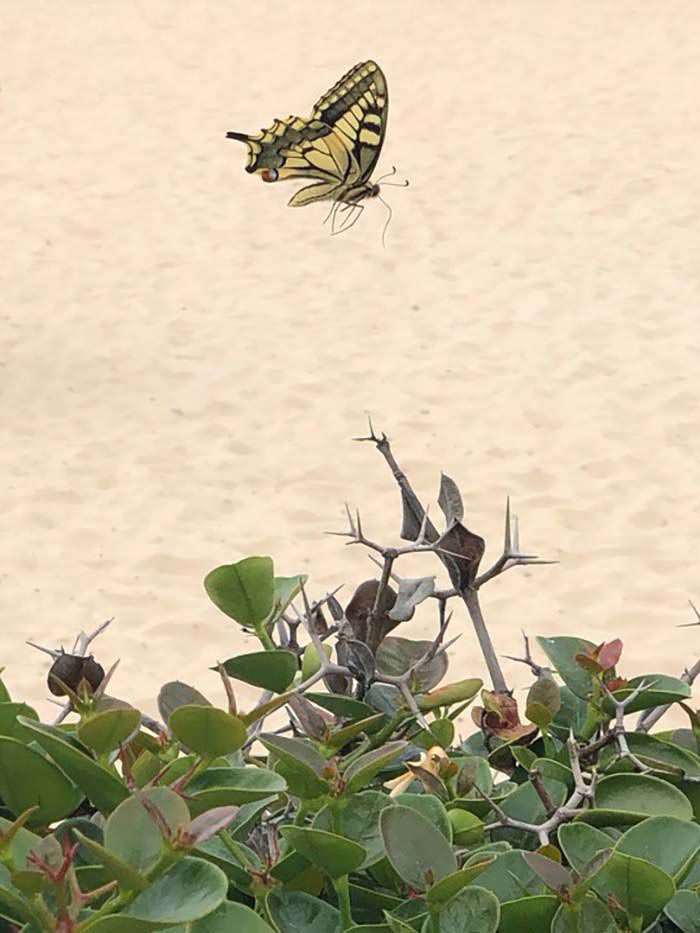
Butterfly at the Beach enjoying the coastal planting

